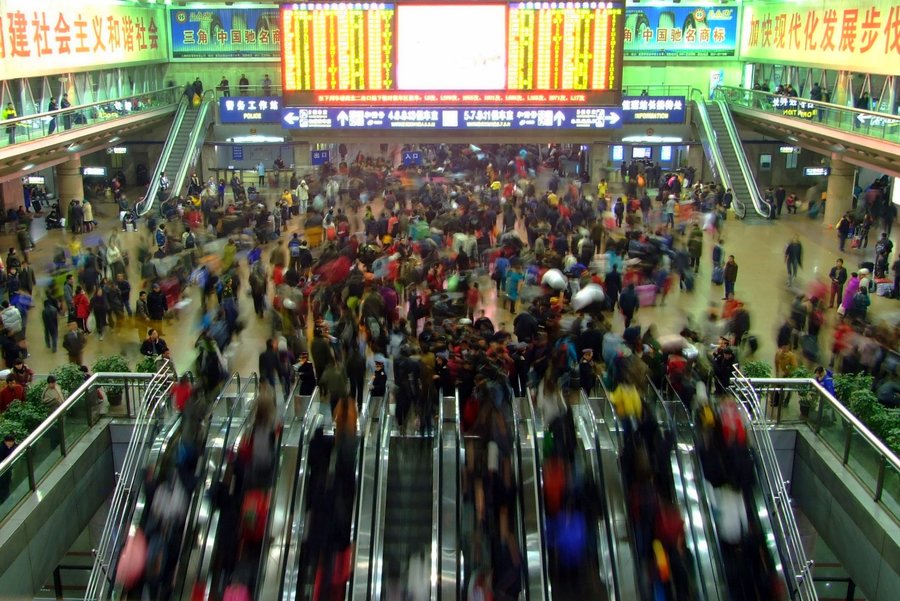Beijing to Limit Population Growth with Muddled Approach in 2015
Beijing officials have put forward a confusing plan to control the city's population in 2015.
Controlling population is seen as a key factor in reducing pollution and traffic congestion. These are reasonable goals for a city of 21.5 million people, in a city that now has a nasty reputation for poor air quality and and ground transportation, the municipal government plans to close or move polluting or labor-intensive industries, and limit worker migration, while at the same time permitting parents to apply to have second children.
Part of the plan includes moving wholesale markets, like that formerly near the Beijing Zoo, outside of the city. Aside from defeating the purpose of the markets themselves, how does this reduce population in a meaningful manner?
Migrant worker immigration in 2014 grew 1.7 percent, the Xinhua News Agency reported, the lowest such number in years. The population of Beijing grew 368,000, the report said, but did not specify how many were migrant workers, new births, or people otherwise taking up residency, authorized or not.
Although Beijing has seen a decline in the number of migrant workers in recent years, especially in the service industry, some of those who returned home are now coming back to the capital. "More of them found they can't get accustomed to the working and living conditions in their hometowns. The capital, with its good job opportunities, is still attractive to them," Xu Nenxia, a people's deputy from Xicheng district said in the Xinhua report.
We've got a couple of red Maos that say nothing happens on this in 2015.
Photo: Wikimedia







